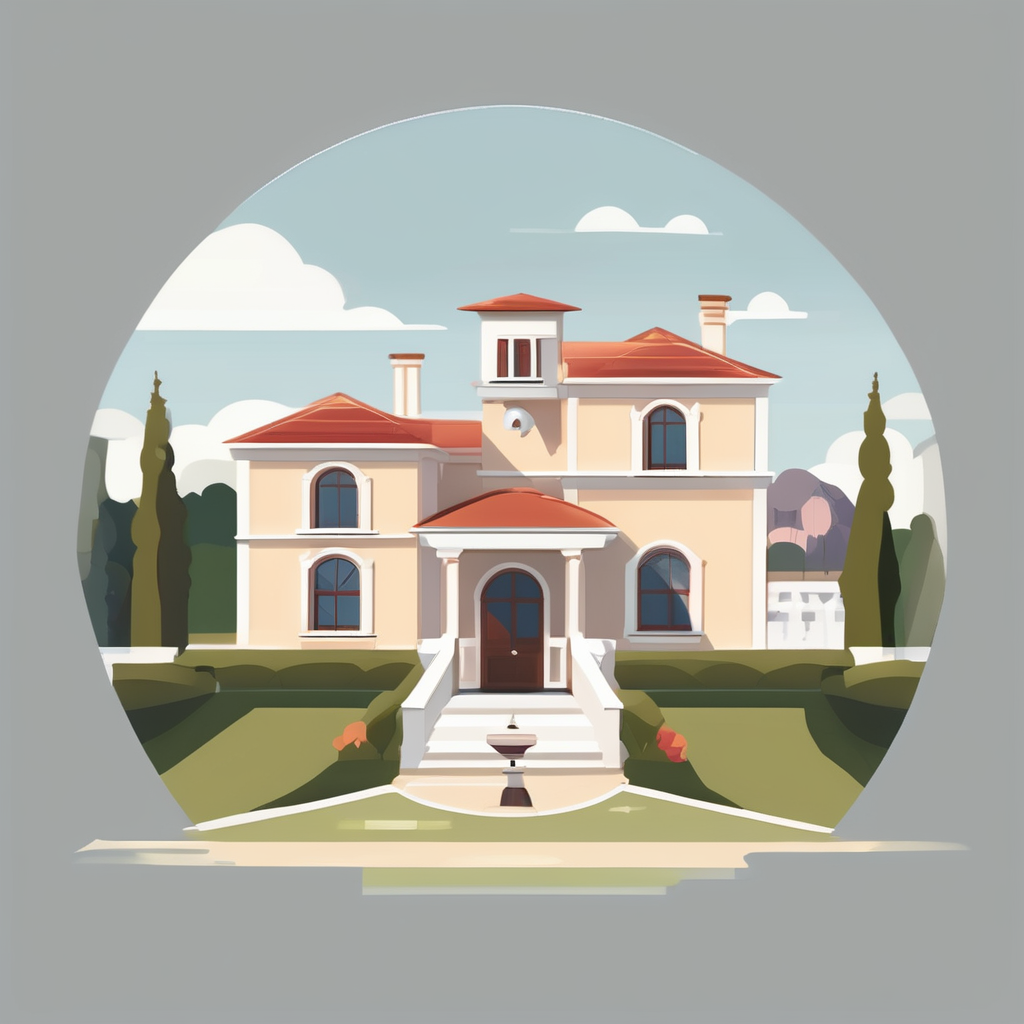Seamlessly integrating smart home technology in a Georgian townhouse
Blending tradition with innovation in a Georgian townhouse smart home requires careful planning to preserve historic charm while enhancing functionality. One effective strategy is to prioritise non-invasive installations that respect original features such as moldings, fireplaces, and decorative plasterwork. Homeowners can adopt modern home automation UK solutions that offer compact, wireless components, reducing the need for intrusive wiring and wall modifications.
Maintaining aesthetic integrity means choosing devices and control panels in classic styles or colours that blend with existing décor. For example, smart switches can be customised with traditional finishes, ensuring they complement the period setting seamlessly.
Additional reading : Elevate your uk flat: innovative ways to utilize and style tall ceilings
Initial considerations involve a thorough assessment of the property’s structural and design sensitivities. Heritage-sensitive technology planning often begins with identifying key areas where automation adds value, such as lighting, climate control, and security, without overwhelming the historical ambiance.
Furthermore, adopting a phased integration allows homeowners to test and fine-tune the balance between modern convenience and traditional aesthetics gradually. This approach ensures a harmonious coexistence of cutting-edge smart home features within a Georgian townhouse smart home environment.
Also read : Creative approaches to crafting a water-efficient front garden in the uk
Overcoming challenges of installing home automation in heritage properties
Installing Georgian townhouse automation challenges requires a sensitive approach, mainly due to traditional architecture and materials. Thick masonry walls, original timber framing, and plasterwork can hinder running new wiring. Therefore, discreet smart home installation techniques become essential to protect these elements. Wireless systems significantly reduce invasive work by limiting the need to open walls or ceilings. For instance, using Zigbee or Z-Wave protocols allows communication between devices without extensive cabling, preserving the fabric of the home.
Navigating the constraints of listed building regulations is another major hurdle. These rules often restrict alterations that affect a property’s historical character. Early engagement with conservation officers is critical to ensure compliance and avoid project delays. Planning permission requirements vary but typically prioritize minimal visual impact. Homeowners should prepare detailed proposals showcasing how the heritage home technology integrations will be reversible and non-damaging.
Concealing wiring wherever possible addresses both aesthetic and regulatory concerns. Running cables through less conspicuous areas such as attic spaces or behind skirting boards helps maintain the period home’s original charm. Integrating smart components in a subtle manner ensures the Georgian townhouse smart home remains true to its architectural heritage while embracing modern convenience.
Seamlessly integrating smart home technology in a Georgian townhouse
Integrating modern home automation UK within a Georgian townhouse smart home demands strategies that respect the property’s historic fabric while upgrading its capabilities. Successfully blending tradition with innovation begins with selecting automation components that are compact and flexible to minimise disruption. For example, wireless smart devices reduce the need for invasive wiring, preserving original features like moldings and fireplaces.
Maintaining aesthetic integrity involves choosing technology that aligns visually with period interiors. Classic-style control panels and switches with traditional finishes can complement Georgian design rather than detract from it. Such choices support a cohesive look, reassuring homeowners that function and form coexist harmoniously.
Initial planning is crucial. Heritage-sensitive technology integration requires assessing structural constraints and deciding where automation will enhance lifestyle convenience without compromising architectural values. Prioritising discreet placements—such as behind furnishings or within existing cavities—helps maintain the timeless character.
In summary, thoughtful selection combined with careful placement enables a Georgian townhouse smart home to embrace modern comfort gracefully, proving that cutting-edge automation can truly harmonise with historic charm.
Seamlessly integrating smart home technology in a Georgian townhouse
Careful planning is essential when blending tradition with innovation in a Georgian townhouse smart home. Successful integration starts by identifying areas where modern home automation UK adds convenience without compromising historic interiors. For instance, prioritising wireless devices reduces the need to penetrate thick masonry walls or disturb original plasterwork.
Maintaining aesthetic integrity means selecting automation components with discreet profiles or traditional finishes. Smart switches and control panels can be customised to mirror period styles, blending seamlessly into wallpapers or woodwork. Moreover, positioning devices in less visible spots—such as behind furniture or inside existing recesses—helps preserve the townhouse’s classic look.
Initial considerations include assessing structural constraints unique to Georgian architecture. Consulting with heritage professionals guides the selection of reversible and non-invasive solutions, meeting conservation guidelines. Early mapping of essential functions—like lighting, heating control, and security—ensures automation enhances daily life while respecting architectural features.
By combining thoughtful device choice with strategic placement, homeowners can achieve a Georgian townhouse smart home that honours its past while embracing the benefits of modern home automation UK technology. This balanced approach ensures tradition thrives alongside innovation.
Seamlessly integrating smart home technology in a Georgian townhouse
Successfully blending tradition with innovation in a Georgian townhouse smart home hinges on strategies that enhance functionality without compromising historic interiors. To achieve this, early planning is vital—identifying key areas where modern home automation UK can improve daily living while respecting architectural features.
One effective approach involves choosing wireless, modular devices that require minimal alteration to walls or ceilings. Such technology reduces disruption to original plasterwork and woodwork. Additionally, selecting components with classic designs or custom finishes helps maintain the aesthetic integrity homeowners expect in period settings.
Heritage-sensitive technology planning demands careful assessment of structural constraints and consultation with conservation experts. This ensures that automation installations remain reversible and compliant with heritage guidelines. Proper placement—such as installing control panels within existing recesses or behind furnishings—further safeguards the building’s character.
In sum, integrating modern home automation UK thoughtfully allows a Georgian townhouse smart home to enjoy advanced convenience while preserving its timeless charm. This balanced approach respects tradition and embraces technological progress, exemplifying seamless harmony between old and new.
